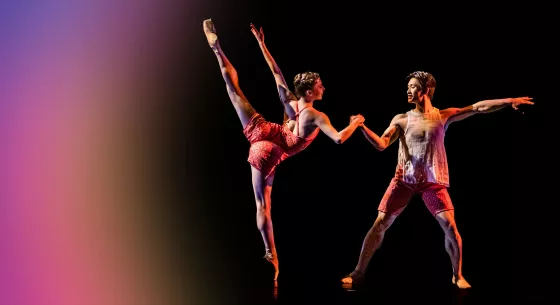
Walker Art Center and Northrop Present
Shamel Pitts | TRIBE
BLACK HOLE – Trilogy And Triathlon
Past event
Mar 21, 2024
Mar 22, 2024
Mar 23, 2024
Advisory:
This performance includes the use of fast flashing video light sequences.








